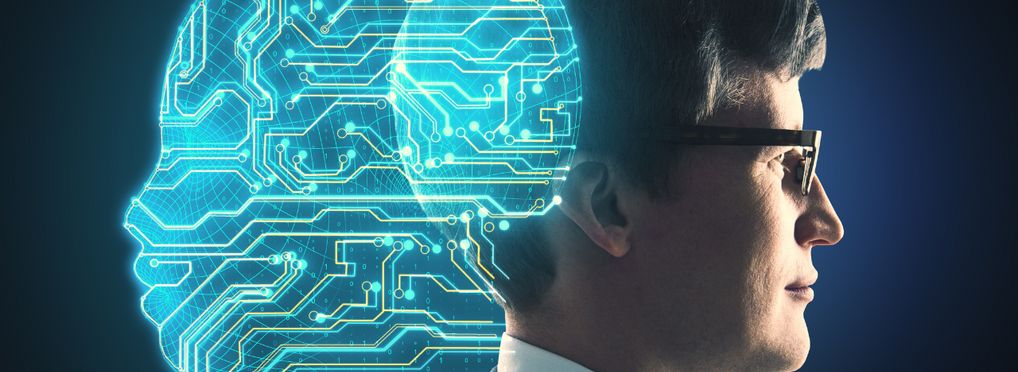These tools and metrics are designed to help AI actors develop and use trustworthy AI systems and applications that respect human rights and are fair, transparent, explainable, robust, secure and safe.
Deep Learning Lecture Notes and Experiments

2022 Version (Latest)
Welcome to the 2022 version of the Deep Learning course. We made major changes in the coverage and delivery of this course to reflect the recent advances in the field.
Install
Assuming you already have anaconda or venv, install the required python packages to run the experiments in this version.
pip install -r requirements.txt
Coverage:
| AI, ML and Deep Learning | |||
|---|---|---|---|
| Overview | YouTube | – | |
| Toolkit | |||
| Development Environment and Code Editor |
YouTube | – | |
| Python | YouTube | – | |
| Numpy | YouTube | Jupyter | |
| Einsum | YouTube | Jupyter | |
| Einops | YouTube | Jupyter | |
| PyTorch & Timm | YouTube | PyTorch/Timm & Input Jupyter |
|
| Gradio & Hugging Face | YouTube | Jupyter | |
| Weights and Biases | YouTube | Jupyter | |
| Hugging Face Accelerator | Same as W&B | Same as W&B | Jupyter & Python |
| Datasets & Dataloaders | YouTube | Jupyter | |
| Supervised Learning | Soon | ||
| Building blocks: MLPs, CNNs, RNNs, Transformers |
Soon | ||
| Backpropagation | Soon | ||
| Optimization | Soon | ||
| Regularization | Soon | ||
| Unsupervised Learning | Soon | ||
| AutoEncoders | Soon | ||
| Variational AutoEncoders | Soon | ||
| Practical Applications: Vision, Speech, NLP |
Soon |
What is new in 2022 version:
- Emphasis on tools to use and deploy deep learning models. In the past, we learn how to build and train models to perform certain tasks. However, often times we want to use a pre-trained model for immediate deployment. testing or demonstration. Hence, we will use tools such as
huggingface,gradioandstreamlitin our discussions. - Emphasis on understanding deep learning building blocks. The ability to build, train, and test models is important. However, when we want to optimize and deploy a deep learning model on a new hardware or run it on production, we need an in-depth understanding of the code implementation of our algorithms. Hence, there will be an emphasis on low-level algorithms and their code implementations.
- Emphasis on practical applications. Deep learning can do a lot more than recognition. Hence, we will highlight practical applications in vision (detection, segmentation), speech (ASR, TTS), and text (sentiment, summarization).
- Various levels of abstraction. We will present deep learning concepts from low-level
numpyandeinops, to a mid-level frameworks such as PyTorch, and to high-level APIs such ashuggingface,gradioandstreamlit. This enables us to use deep learning principles depending on the problem constraints. - Emphasis on individual presentation of assignments, machine exercises, and projects. Online learning is hard. To maximize student learning, this course focuses on the exchange of ideas to ensure individual student progress.
Star, Fork, Cite
If you find this work useful, please give it a star, fork, or cite:
@misc{atienza2020dl,
title={Deep Learning Lecture Notes},
author={Atienza, Rowel},
year={2020},
publisher = {GitHub},
journal = {GitHub repository},
howpublished = {\url{https://github.com/roatienza/Deep-Learning-Experiments}},
}
About the tool
You can click on the links to see the associated tools
Tool type(s):
Objective(s):
Purpose(s):
Country/Territory of origin:
Type of approach:
Usage rights:
License:
Programming languages:
Github stars:
- 928
Github forks:
- 720
Use Cases
Would you like to submit a use case for this tool?
If you have used this tool, we would love to know more about your experience.
Add use case



 Partnership on AI
Partnership on AI


























